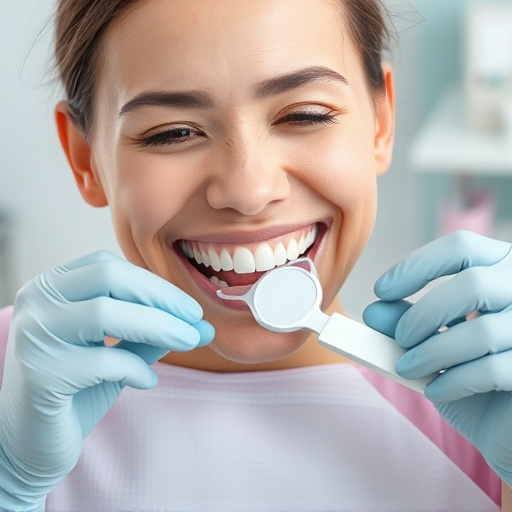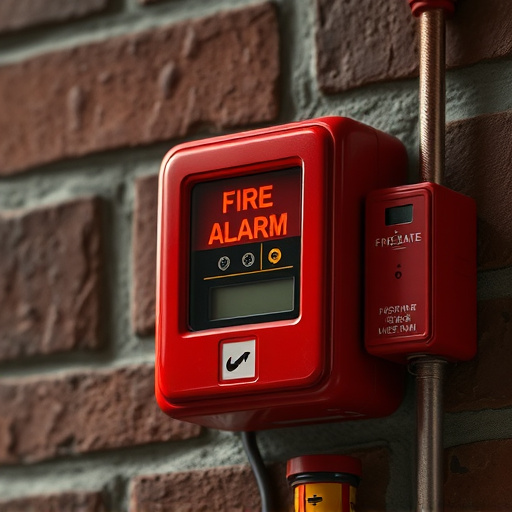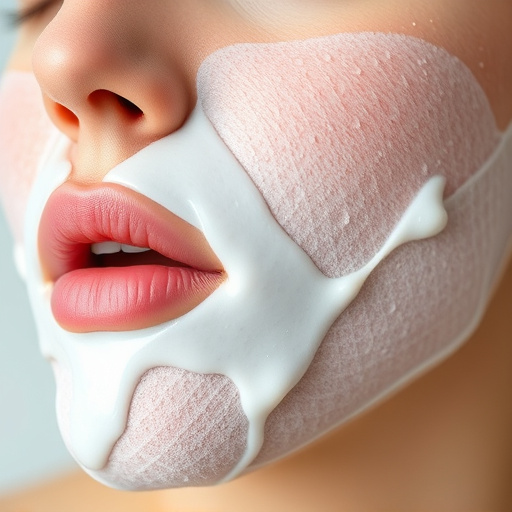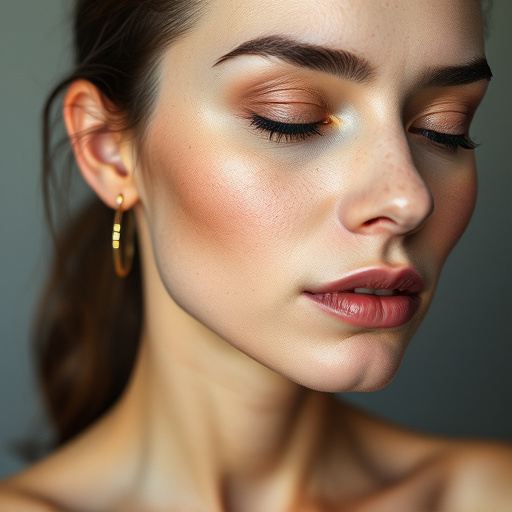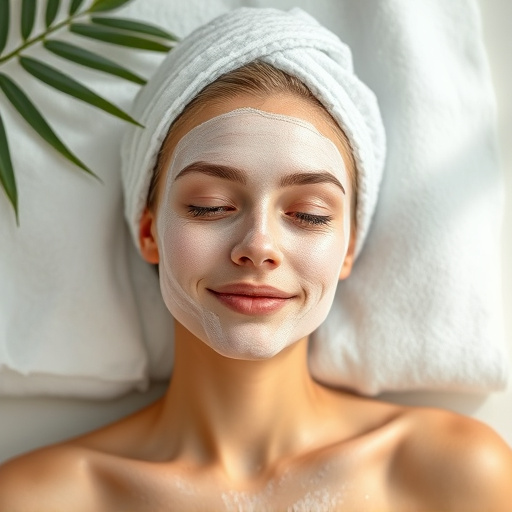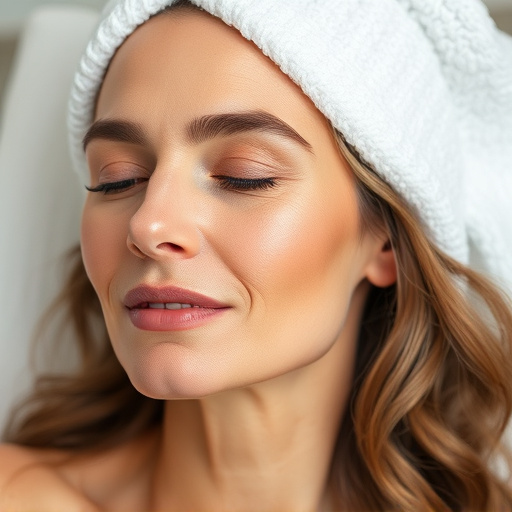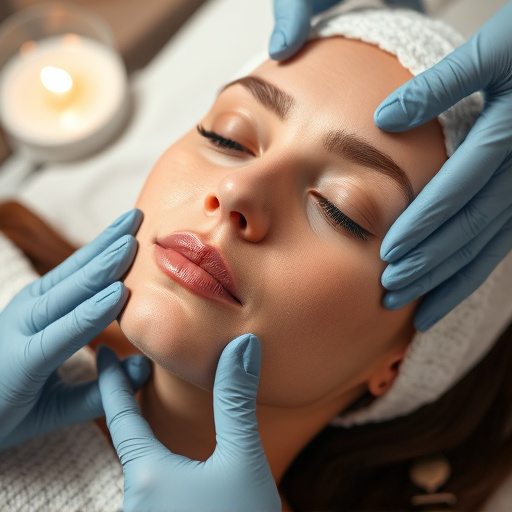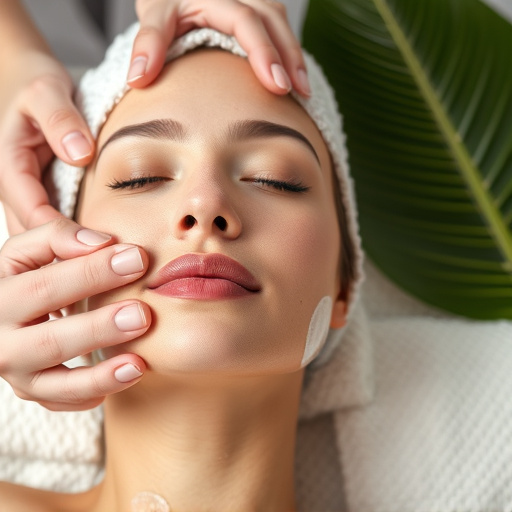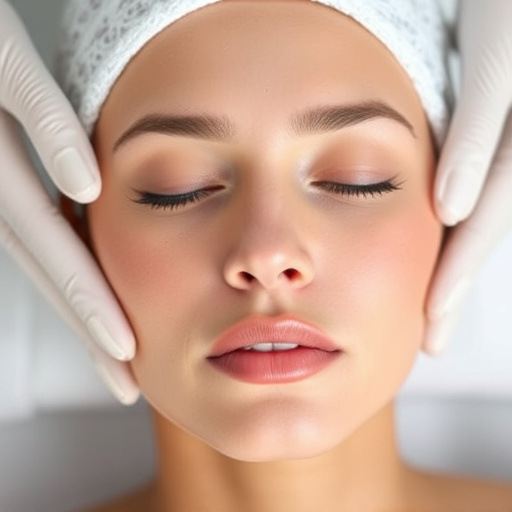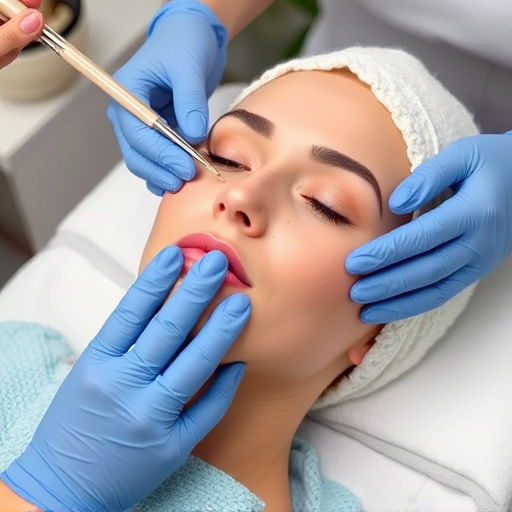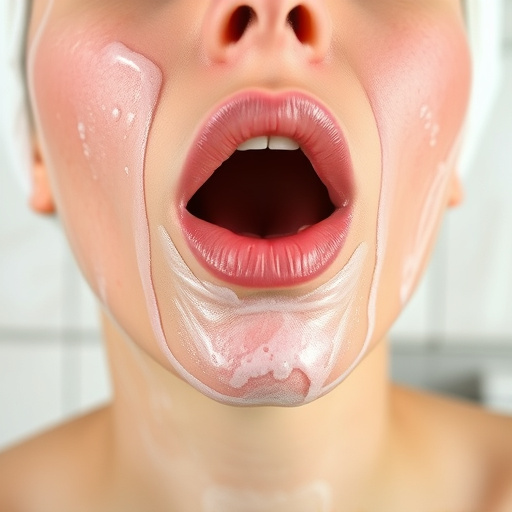Warts, caused by HPV, vary in size and appearance, with development influenced by skin type and immune system strength. Effective wart removal requires understanding these factors, matching treatments to skin type (e.g., gentle acids for sensitive skin, topical antiviral creams for oilier skin), and consulting a dermatologist when needed. Professional treatments like cryotherapy, laser treatment, and pore refinement offer advanced solutions, catering to diverse skin types and combining wart removal with skin rejuvenation.
Warts can be a persistent skin concern, but understanding your specific skin type is key to effective removal. This comprehensive guide delves into the world of wart removal treatment, catering to all skin types. We explore the various types and causes of warts, providing an insightful look at over-the-counter options tailored for different complexions. Additionally, discover professional techniques for lasting results. From topical treatments to medical procedures, this article empowers you with knowledge for a smooth, wart-free journey.
- Understanding Warts: Types and Causes
- Over-the-Counter Treatments for Different Skin Types
- Professional Wart Removal Techniques Explained
Understanding Warts: Types and Causes
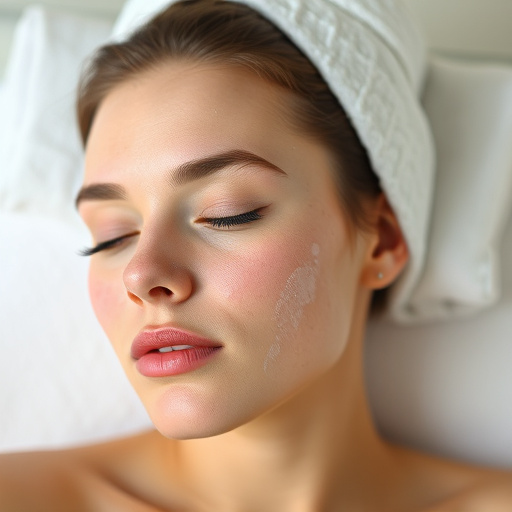
Warts are small, rough growths that can appear anywhere on the skin, caused by the human papillomavirus (HPV). They can vary in size and appearance depending on their type and where they’re located. Common warts often show up as small, rough bumps on areas like hands and feet, while plantar warts grow into hard, painful lumps on the soles of feet. Flat warts are usually small, flat, and flesh-colored, and can appear anywhere, including the face and neck.
Understanding what causes warts is crucial for effective wart removal treatment. HPV infects skin cells, leading to an overgrowth and formation of these benign tumors. Different skin types, from dry to oily, can impact how warts develop and respond to treatments. Some people may have a stronger immune system that fights off HPV more effectively, while others might need professional medical spa services or treatments like microneedling therapy or chemical peels for successful wart removal.
Over-the-Counter Treatments for Different Skin Types

When it comes to over-the-counter wart removal treatments, different skin types require tailored approaches. For those with sensitive skin, non-surgical treatments like salicylic acid or glycolic acid solutions are ideal. These gentle yet effective acids help shed dead skin cells and shrink warts without causing irritation. On the other hand, for individuals with oilier or combination skin, a more robust option might be necessary. In such cases, topical creams containing antiviral agents or immunostimulants can be considered.
Remember, the key is to choose products designed for your specific skin concern. While some treatments may work wonders for acne-prone skin, they might not be suitable for dry or sensitive areas. Always read labels and consult a dermatologist if needed to ensure safe and effective wart removal tailored to your skin type.
Professional Wart Removal Techniques Explained
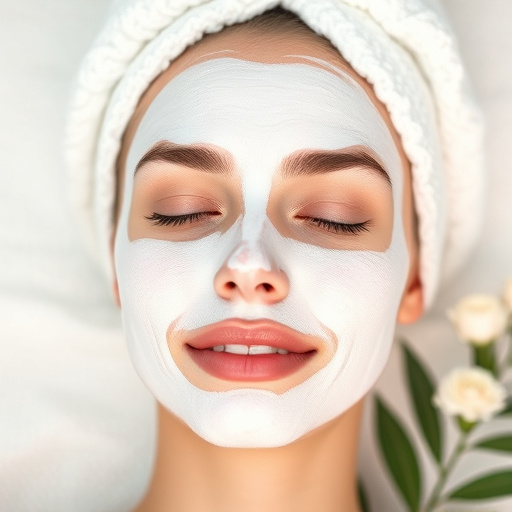
Professional wart removal techniques have evolved to cater to various skin types, offering effective solutions for those seeking clear and smooth skin. One common method is cryotherapy, where a liquid nitrogen probe is used to freeze and destroy the wart. This procedure is particularly efficient for hard-to-treat warts and can significantly reduce their appearance in just a few sessions.
Another advanced approach involves laser treatments, which target the wart’s blood supply, causing it to disappear over time. These methods are especially beneficial for sensitive skin types as they offer less invasive alternatives to traditional surgical excision. Additionally, professional estheticians may recommend pore refinement procedures or anti-aging treatments, combining wart removal with wrinkle reduction and overall skin rejuvenation, ensuring a smoother, more even complexion.
Wart removal treatment varies based on skin type and severity, with over-the-counter options suitable for milder cases while professional techniques offer more robust solutions. Understanding your skin’s needs and consulting a specialist is key to effectively managing warts. This tailored approach ensures the best possible outcomes, providing relief and restoring confidence.
